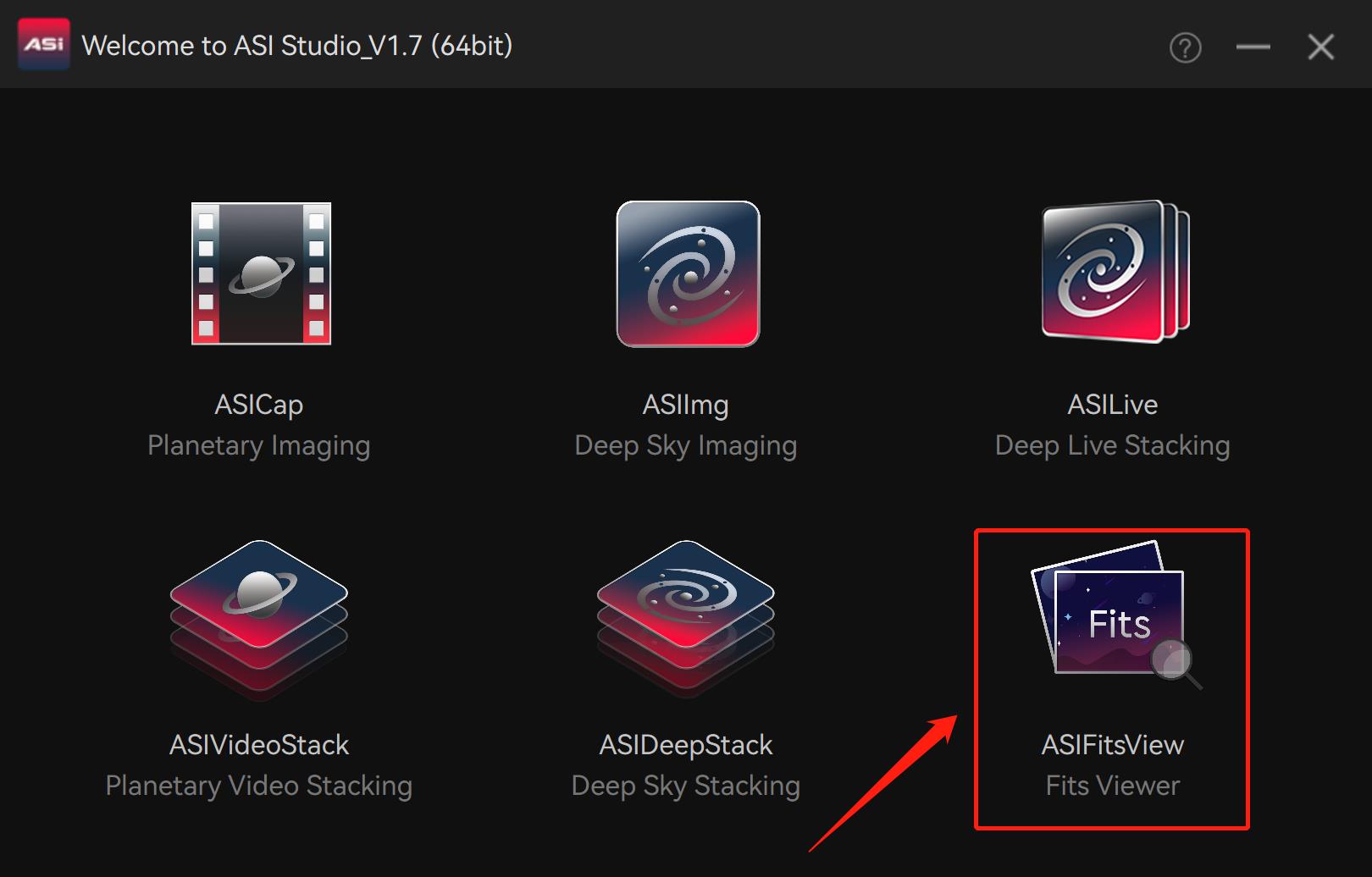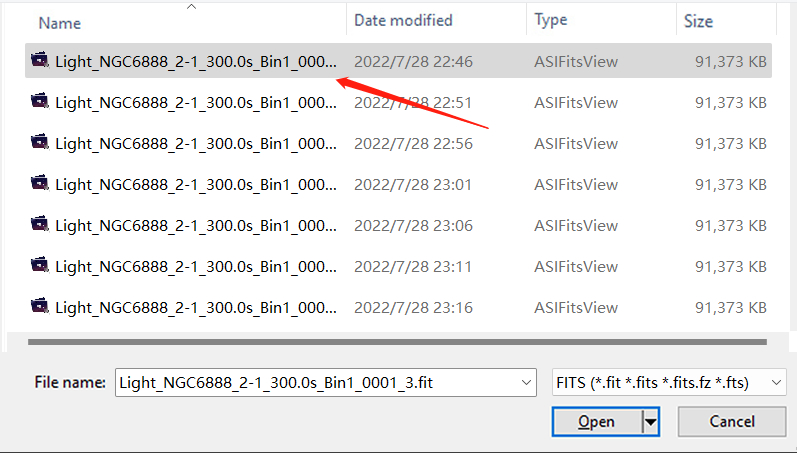New beginners to astrophotography always have many questions. One of them is about binning – What is binning? How to do it and how it will improve your astrophotos?
There is one article written by the ZWO team before that explained the binning well. You’re welcome to read it here.
To be brief, binning is the process of combining several nearby pixels into one super pixel.
As shown in the figure below, the result of binning 2×2 (BIN2) is 4 pixels combine into one pixel.
At binning 2×2, your camera resolution will be quartered as you effectively have 4 times fewer pixels, while the signal-to-noise ratio will be doubled.
Normally we use BIN mode when framing and focusing, it will help us quickly find the target, also make the faint nebula and galaxies look brighter in short exposures because the larger pixels gather light much faster.
We don’t really recommend you use BIN during DSO imaging unless your image is oversampled. As we explained before, CMOS cameras all use software BIN, image post-processing can also complete this process.
So here comes the question: How should I use BIN in my post-processing stage? Software such as ASIFitsView can do it with ease. Yeap, ASIFitsView can do much more than view fits files!
Allow us to show you the steps
First, download ASIStudio if you still haven’t had this software on your computer. Install it and then launch ASIFitsView.
Find a light file and then open it.
Click the second icon from the right at the bottom of the ASIFitsView interface. The number 1 shown in the center of the icon represents BIN1.
Click this icon to turn BIN1 mode to BIN2 mode.
Click it one more time to turn BIN2 mode into BIN4 mode.
See? You can switch between different BIN modes as easy as 123.
How about the actual results of the images at BIN1, BIN2 and BIN4 modes? We may take the NGC6888 (as known as Crescent Nebula) image captured with ASI294MM Pro as an example.
 At BIN1 Mode
At BIN1 Mode
 At BIN2 Mode
At BIN2 Mode
 At BIN4 Mode
At BIN4 Mode
You can see clearly the signal-to-noise ratio improved in the single images. Compared to the image at BIN1 mode, the Crescent Nebula at BIN4 mode looks much brighter with much more details, at the sacrifice of a 16 times lower resolution.
Is this sacrifice acceptable for you to pay? Let us know by sharing your thoughts in the comments!







